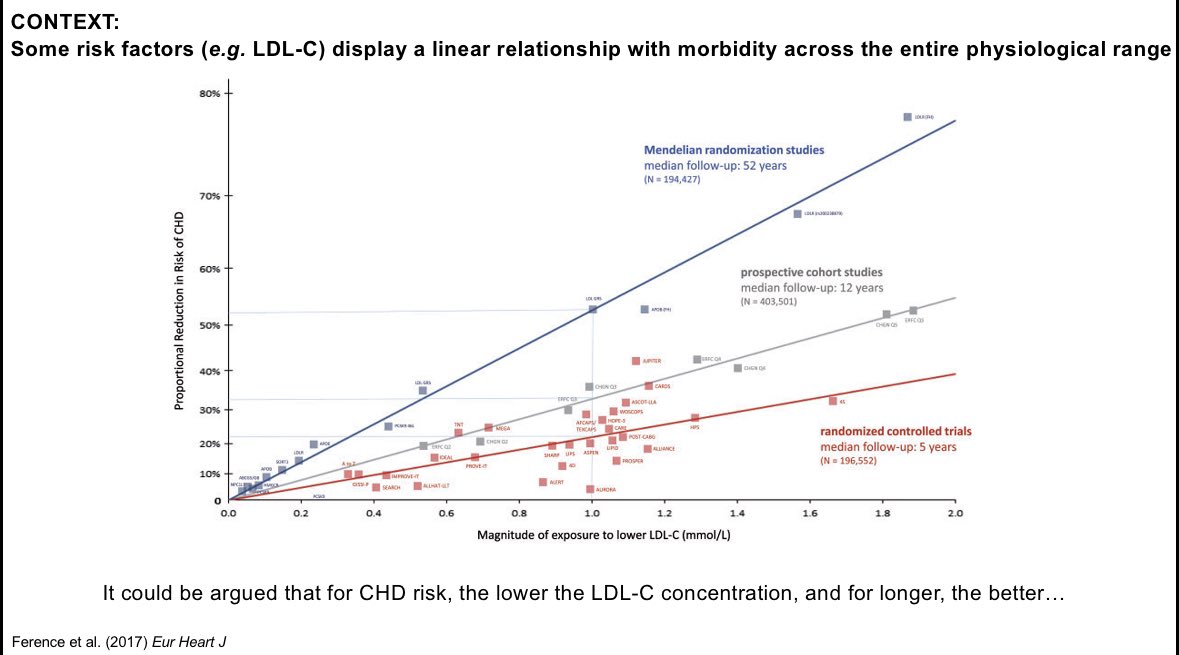I often hear people say venous blood samples are preferable to capillary (fingertip/earlobe) samples.
Why then, do the glycaemic index guidelines make the following recommendation?
pubmed.ncbi.nlm.nih.gov/19079901/
Let’s look a little deeper into this… 🧵 1/9 #glucose #metabolism
Why then, do the glycaemic index guidelines make the following recommendation?
pubmed.ncbi.nlm.nih.gov/19079901/
Let’s look a little deeper into this… 🧵 1/9 #glucose #metabolism

We will focus here on glucose concentrations.
With glucose tolerance tests or other postprandial tests, a common aim is to understand the ability of the person to maintain relatively stable glucose concentrations.
I.e. the outcome of the integrated response from all organs
2/9
With glucose tolerance tests or other postprandial tests, a common aim is to understand the ability of the person to maintain relatively stable glucose concentrations.
I.e. the outcome of the integrated response from all organs
2/9
We could sample blood from a few different sites, e.g.
1) artery
2) superficial vein (normally antecubital fossa of the forearm)
3) capillary (e.g. fingertip)
4) interstitial fluid (e.g. CGMs)
Some options can be seen in the figure
3/9
1) artery
2) superficial vein (normally antecubital fossa of the forearm)
3) capillary (e.g. fingertip)
4) interstitial fluid (e.g. CGMs)
Some options can be seen in the figure
3/9

Does it matter where we sample blood from?
Quite clearly, yes
pubmed.ncbi.nlm.nih.gov/28615090/
Postprandially, glucose concentration is lower in a vein because insulin-sensitive tissues extract some of the glucose
4/9
Quite clearly, yes
pubmed.ncbi.nlm.nih.gov/28615090/
Postprandially, glucose concentration is lower in a vein because insulin-sensitive tissues extract some of the glucose
4/9

Side-note, the above paper used arterialised-venous blood sampling compared to venous blood sampling.
By heating the hand (see pic) and sampling from a vein in the retrograde position, the blood is a closer representation of arterial blood.
5/9
By heating the hand (see pic) and sampling from a vein in the retrograde position, the blood is a closer representation of arterial blood.
5/9

So where is preferable to sample from?
The veins will show varying glucose concentrations depending on which tissues they are draining.
Whereas the artery gives a representation of what is appearing into the circulation and reflects the outcome of the integrated response.
6/9
The veins will show varying glucose concentrations depending on which tissues they are draining.
Whereas the artery gives a representation of what is appearing into the circulation and reflects the outcome of the integrated response.
6/9
So arterial sampling is preferred but has limitations:
❌more invasive than venous
❌requires extra expertise
❌more risks
What alternatives do we have?
7/9
❌more invasive than venous
❌requires extra expertise
❌more risks
What alternatives do we have?
7/9
Arterialised-venous and capillary sampling both provide glucose concentrations broadly reflective of arterial blood across a wide range.
Venous samples, however are lower than arterial, especially in some conditions
pubmed.ncbi.nlm.nih.gov/1563586/
8/9
Venous samples, however are lower than arterial, especially in some conditions
pubmed.ncbi.nlm.nih.gov/1563586/
8/9

In summary, for understanding overall glucose control, venous sampling is actually quite far down the preference list. Beaten by:
1) arterial
2) arterialised-venous
3) capillary
End🧵9/9
1) arterial
2) arterialised-venous
3) capillary
End🧵9/9
• • •
Missing some Tweet in this thread? You can try to
force a refresh


















